Being vigilant about skin cancer is vital to timely detection and treatment, particularly in North Queensland. Regular self-checks for new or changing moles and sunspots is an easy way to stay on top of your skin health between more comprehensive medical checks.
So what exactly should you be looking for?
Any spot or lesion that concerns you is worth mentioning to your doctor, because nobody knows your body like you do. However, if you notice any of the following during your own skin check, a medical review is highly warranted:
- A new lesion or spot
- A lesion or spot that has changed in size, colour or shape
- Any lesion or spot that is ‘different’ from the others
- A lesion or spot that is painful to touch
- A lesion or spot that has bled easily (e.g. on drying off with a towel)
- A sore that has failed to heal completely over a few weeks
If you have a spot that matches any of the descriptions above, we strongly recommend you come in for a proper medical check.
What happens after I’ve noticed a suspicious lesion or spot?
It is important that you see a qualified skin cancer doctor who can properly
examine the spot and complete a clinical diagnosis. If your lesion is raised,
firm or changing its appearance; it is highly likely your Doctor will want to
remove it, as we must always err on the side of caution when it comes to
possible melanoma.
You can assess you risk for skin cancers using the wonderful Scan Your Skin survey by the Skin Cancer College Australasia.
But remember, self-checks should never replace a full skin check by a qualified medical professional, especially in high risk patients.
If you’re due for a skin check, we’d love to hear from you.

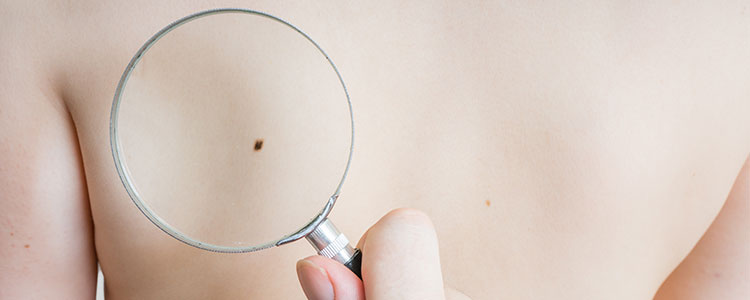
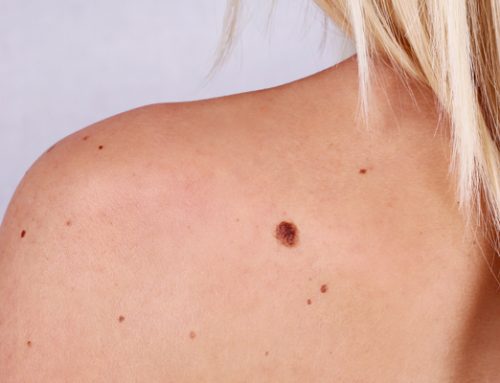
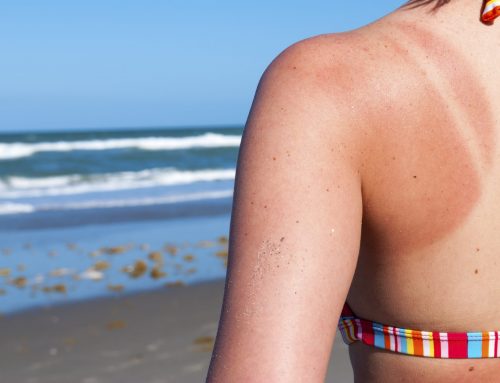
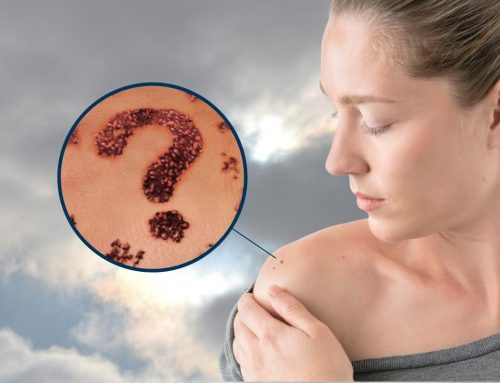
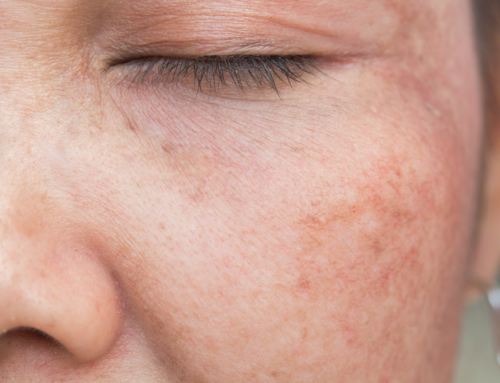
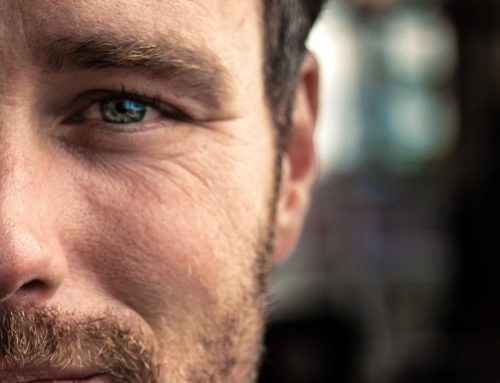
Leave A Comment
You must be logged in to post a comment.